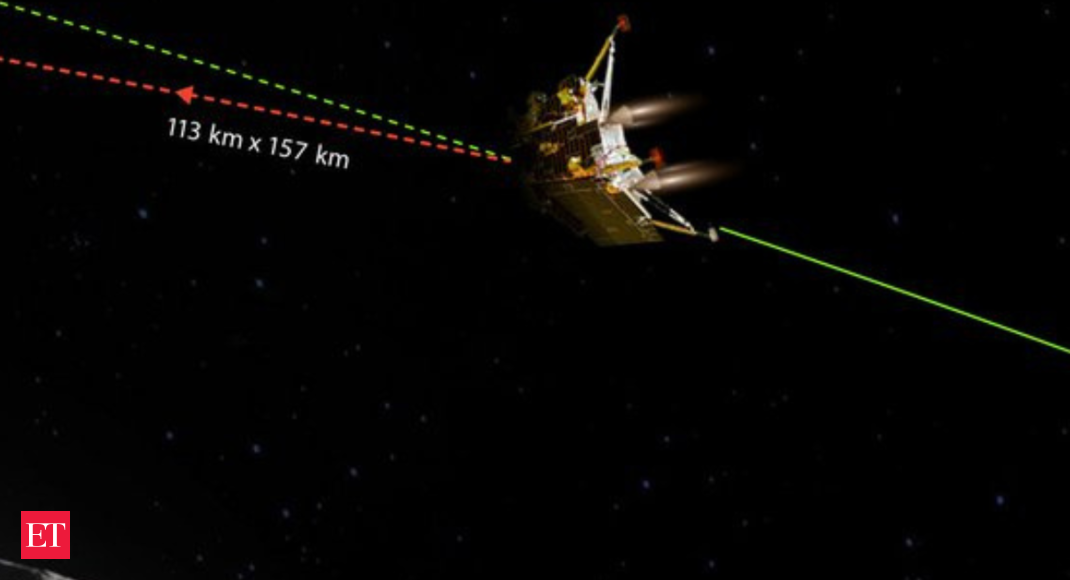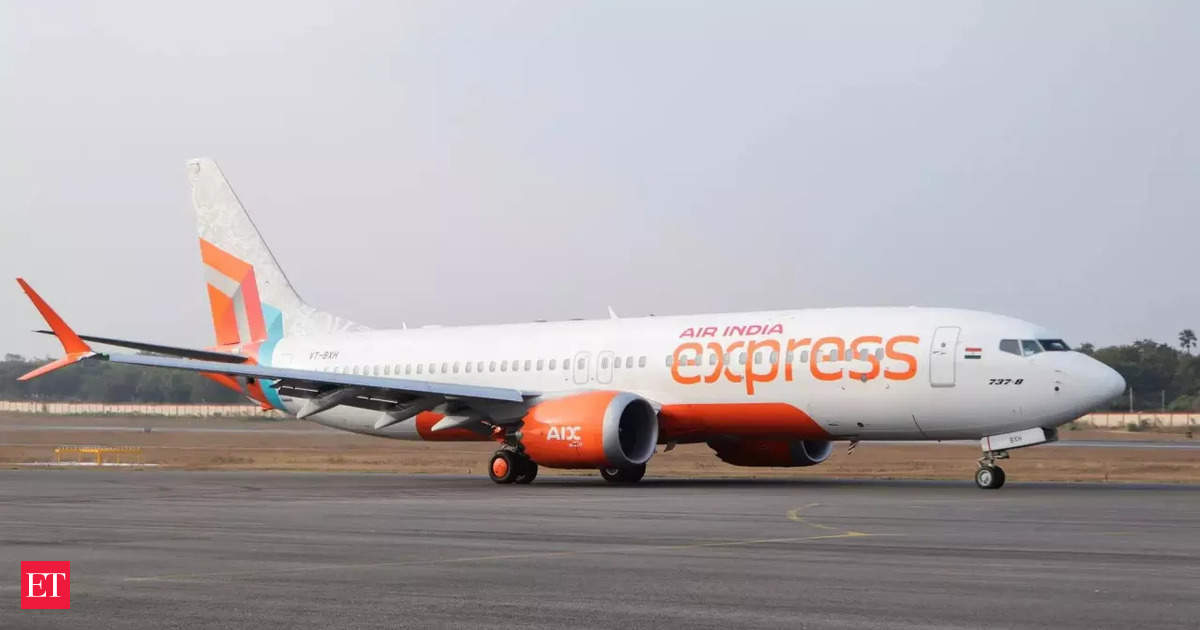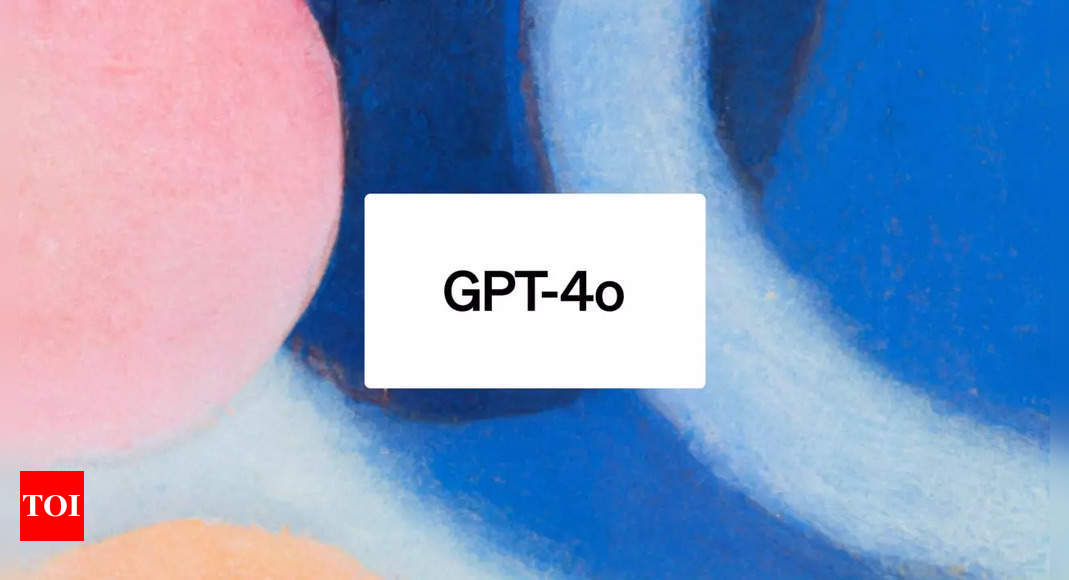Ahead of ISRO’s expected landing of the Vikram lander on the moon on August 23, positive news has emerged about the Chandrayaan-3 mission. The propulsion module, which was originally projected to last for only three to six months, has over 150 kg of fuel remaining. This implies that the module could stay functional for a much longer period of time, potentially extending its lifespan by several years.
According to Isro Chairman S Somanath, the propulsion module has far more fuel than expected, thanks to the nominal performance of the spacecraft during its journey to the moon. The absence of any contingencies that required course corrections allowed the module to conserve fuel. Somanath confirmed that over 150 kg of fuel remains, out of the initial 1,696.4 kg capacity, providing the mission with ample margin for operations.
During the Chandrayaan-3 mission, the propulsion module was responsible for numerous crucial maneuvers. This included five maneuvers while still on Earth and another five as it made its way towards the moon. While the precise fuel consumption for each maneuver is not disclosed, initial estimates from the Chandrayaan-2 mission, which followed a similar trajectory, suggest that a significant portion of the fuel would have been utilized.
The Chandrayaan-2 orbiter, which transported more propellant than the Chandrayaan-3 propulsion module, consumed over 657 kg of fuel during its maneuvers on Earth and the trans-lunar injection. Upon reaching lunar orbit, the Chandrayaan-2 orbiter required around 749 kg of fuel for the separation maneuver. It is expected that the Chandrayaan-3 propulsion module would have used a comparable amount or slightly more during this phase. With over 150 kg of fuel remaining, the module could continue to orbit the moon for an extended period of time beyond the initial design projection of three to six months.
This extended lifespan has significant implications for the scientific instruments onboard Chandrayaan-3. The instrument called SHAPE (Spectro-polarimetry of Habitable Planetary Earth) will have additional time to study the Earth, although it is yet to be confirmed whether it has been activated for operations.
It is worth noting that Chandrayaan-3 recently completed its second deboosting, bringing the lunar satellite’s Lander Module (LM) closer to the moon. The module will undergo internal checks and await sunrise at the designated landing site. The powered descent is scheduled to begin on August 23, 2023, around 1745 Hrs IST, according to the Indian Space Research Organisation (ISRO).
Overall, the revelation about the surplus fuel in the Chandrayaan-3 propulsion module comes as good news for the mission. It demonstrates the efficiency and effectiveness of the spacecraft’s design and operations, and offers the potential for extended scientific study and exploration of the moon.











